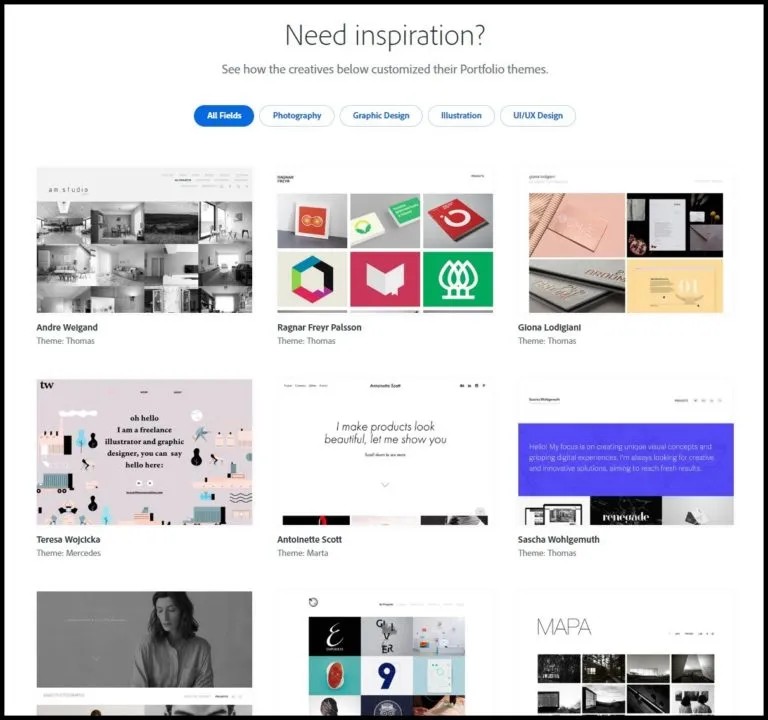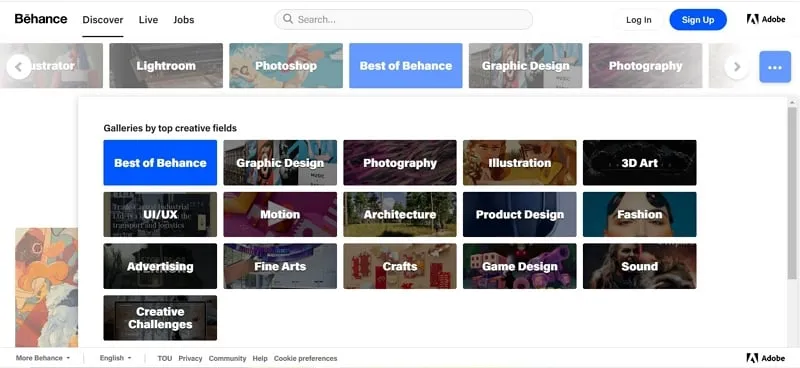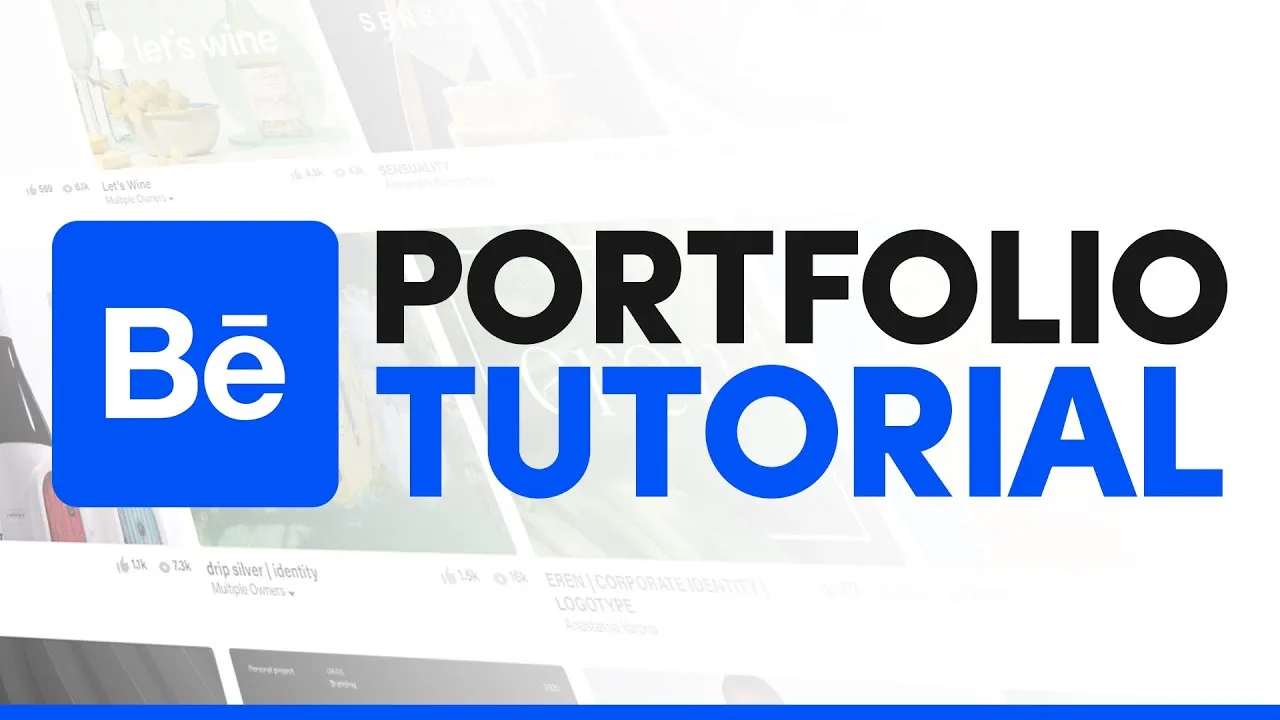Behance is a vibrant online platform that allows creative professionals to showcase their work, connect with peers, and discover new opportunities. Think of it as a social network specifically designed for artists, designers, and creatives of all stripes. With millions of users globally, having a presence on Behance can significantly enhance your visibility and credibility in the creative industry.
But why is it important? Well, a strong portfolio on Behance can open doors to job opportunities, freelance gigs, and collaborations. It's a space where you can not only display your best work but also receive feedback and appreciation from a community that shares your passion. Plus, with its integration with Adobe products, your work can reach even more eyes, making it an invaluable tool for career growth.
Step-by-Step Guide to Creating Your Portfolio

Creating an impactful portfolio on Behance might seem daunting at first, but breaking it down into manageable steps makes it much easier. Here’s a straightforward guide to help you get started:
- Sign Up and Set Up Your Profile:
First things first, if you haven’t already, create an account on Behance. Once signed up, take your time to fill out your profile. Include a professional photo, a catchy tagline, and a brief bio that highlights your skills and passions.
- Select Your Best Work:
Quality over quantity! Choose a selection of your best pieces that reflect your style and expertise. Aim for around 10-15 projects that you feel most proud of.
- Craft Detailed Project Descriptions:
For each project, write a compelling description. Explain your thought process, the challenges you faced, and how you overcame them. This adds depth to your work and allows viewers to appreciate your creative journey.
- Use High-Quality Images:
Visuals are key! Make sure to use high-resolution images or videos that accurately depict your work. Consider creating mock-ups or case studies to showcase your projects in real-world contexts.
- Organize Your Work:
Think about how you want to categorize your projects. You can group them by type (graphic design, illustration, photography) or by theme (branding, editorial, personal projects) to make it easy for viewers to navigate.
- Engage with the Community:
Don’t just upload and leave! Engage with other creatives by liking, commenting, and following. This builds relationships and can lead to collaborations or job opportunities.
- Promote Your Portfolio:
Share your Behance portfolio on social media, in your email signature, or on your resume. The more visibility you give it, the greater the chances of it making an impact!
By following these steps, you’re well on your way to creating a strong portfolio on Behance that not only showcases your talents but also helps you connect with the creative community. Happy creating!
Also Read This: Discover the Best Free Canva Templates for Any Project
Choosing the Right Projects to Showcase

When it comes to creating a standout portfolio on Behance, the projects you choose to include can make or break your presentation. It’s not just about displaying every piece of work you’ve done; it’s about curating a selection that best represents your skills, creativity, and growth as a designer or artist. Here are some tips to help you choose the right projects:
- Highlight Your Best Work: Always prioritize quality over quantity. Select projects that you're most proud of and that showcase your unique style.
- Diversity is Key: Include a variety of projects that demonstrate your versatility. Whether it’s graphic design, illustration, or photography, having a range of styles can attract different clients.
- Showcase Relevant Work: Tailor your portfolio to your target audience. If you’re aiming for a specific industry, select projects that align with that sector.
- Include Personal Projects: Don’t underestimate the power of personal work. These projects often reflect your true passion and creativity, which can resonate with viewers.
- Document Your Process: Consider including projects that show your creative process. This not only highlights your skills but also gives potential clients insight into how you approach your work.
Ultimately, your portfolio should tell a story about who you are as a creator. So, take your time and choose projects that not only showcase your skills but also resonate with your personal brand.
Designing an Engaging Portfolio Layout

Once you’ve selected the projects you want to showcase, the next step is to present them in an engaging and visually appealing layout. A well-designed portfolio can captivate your audience and make a lasting impression. Here’s how to create an engaging portfolio layout on Behance:
- Keep it Simple: A clean and simple layout helps your work shine. Avoid cluttering your portfolio with too many design elements or distractions.
- Use High-Quality Images: Always upload high-resolution images of your work. Poor image quality can undermine the professionalism of your portfolio.
- Consistent Branding: Ensure that your portfolio reflects your personal brand. This includes using consistent colors, fonts, and styles throughout your projects.
- Interactive Elements: Consider adding interactive elements like videos or animations to make your portfolio more dynamic. This can help viewers engage with your work on a deeper level.
- Organize Projects Logically: Arrange your projects in a logical order, whether by chronology, theme, or medium. This helps viewers navigate your portfolio easily.
Don’t forget to include a brief description for each project. This gives context to your work and helps potential clients understand your thought process and the challenges you faced. Remember, the goal is to create a portfolio that not only showcases your skills but also tells your unique story as a creative professional.